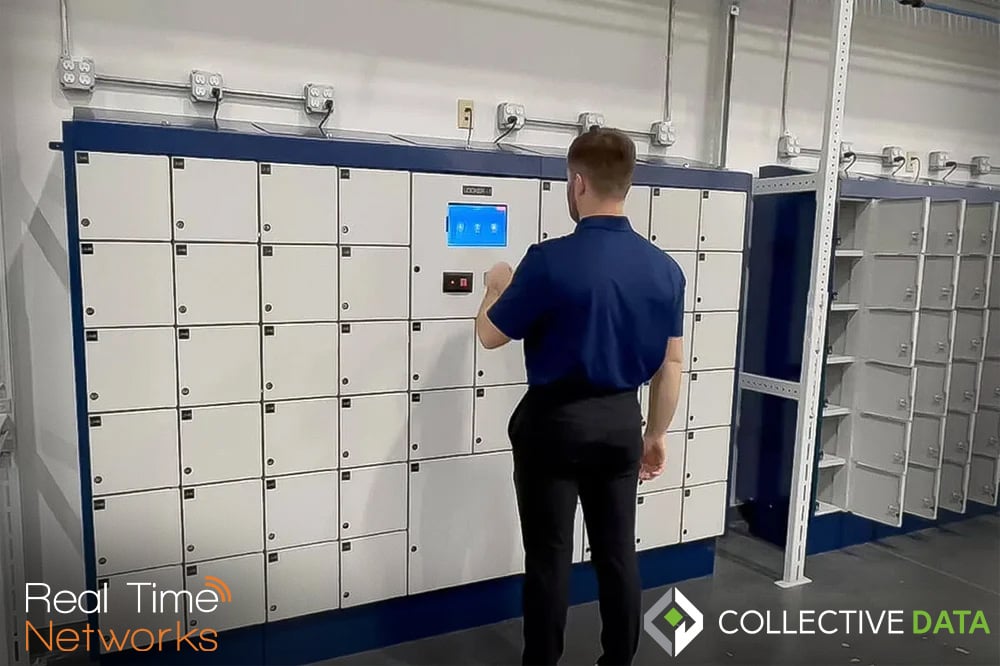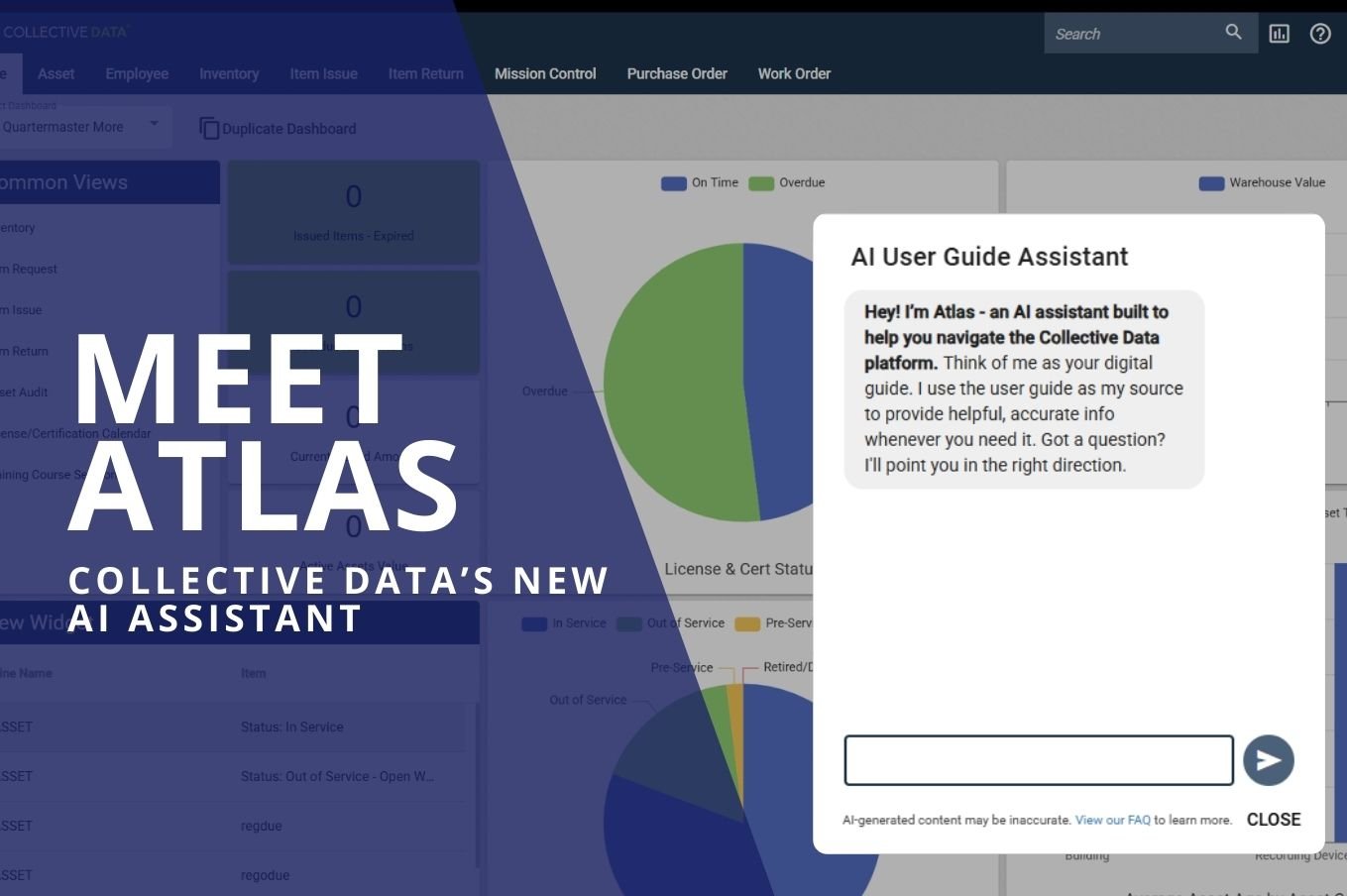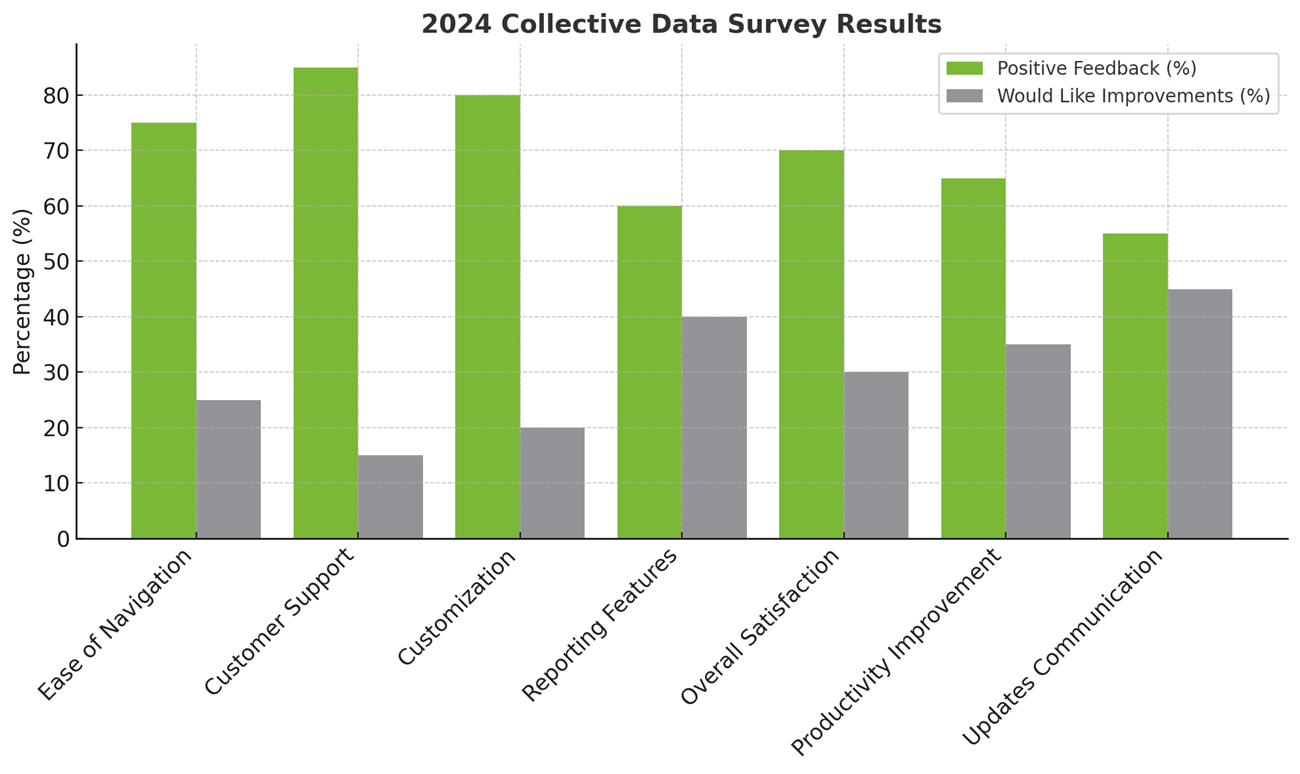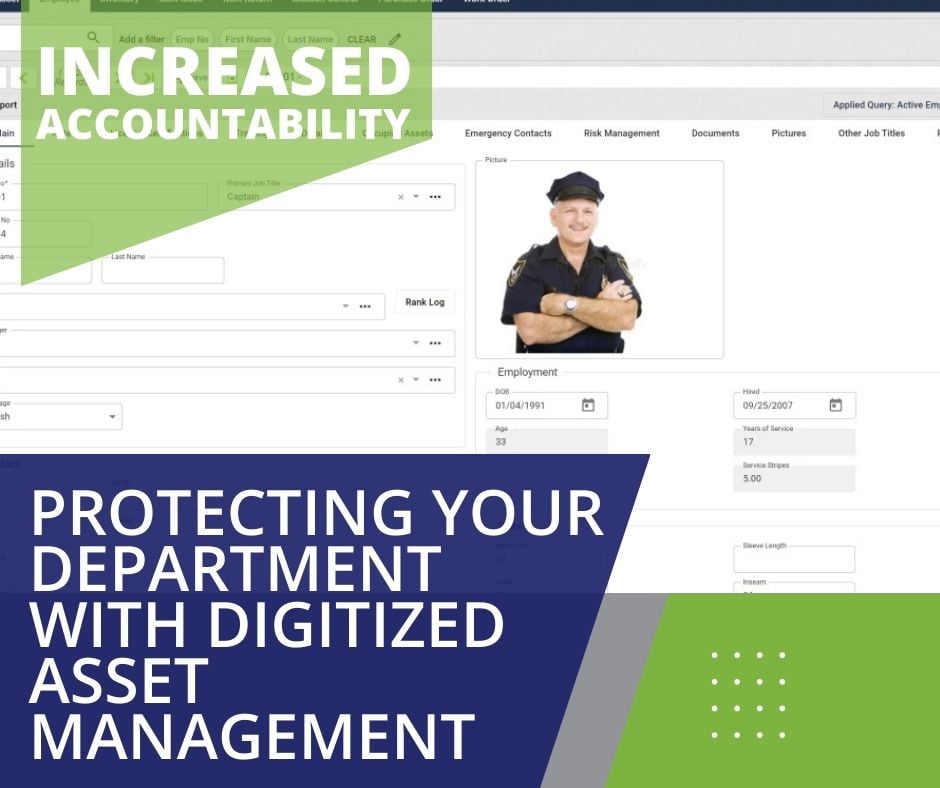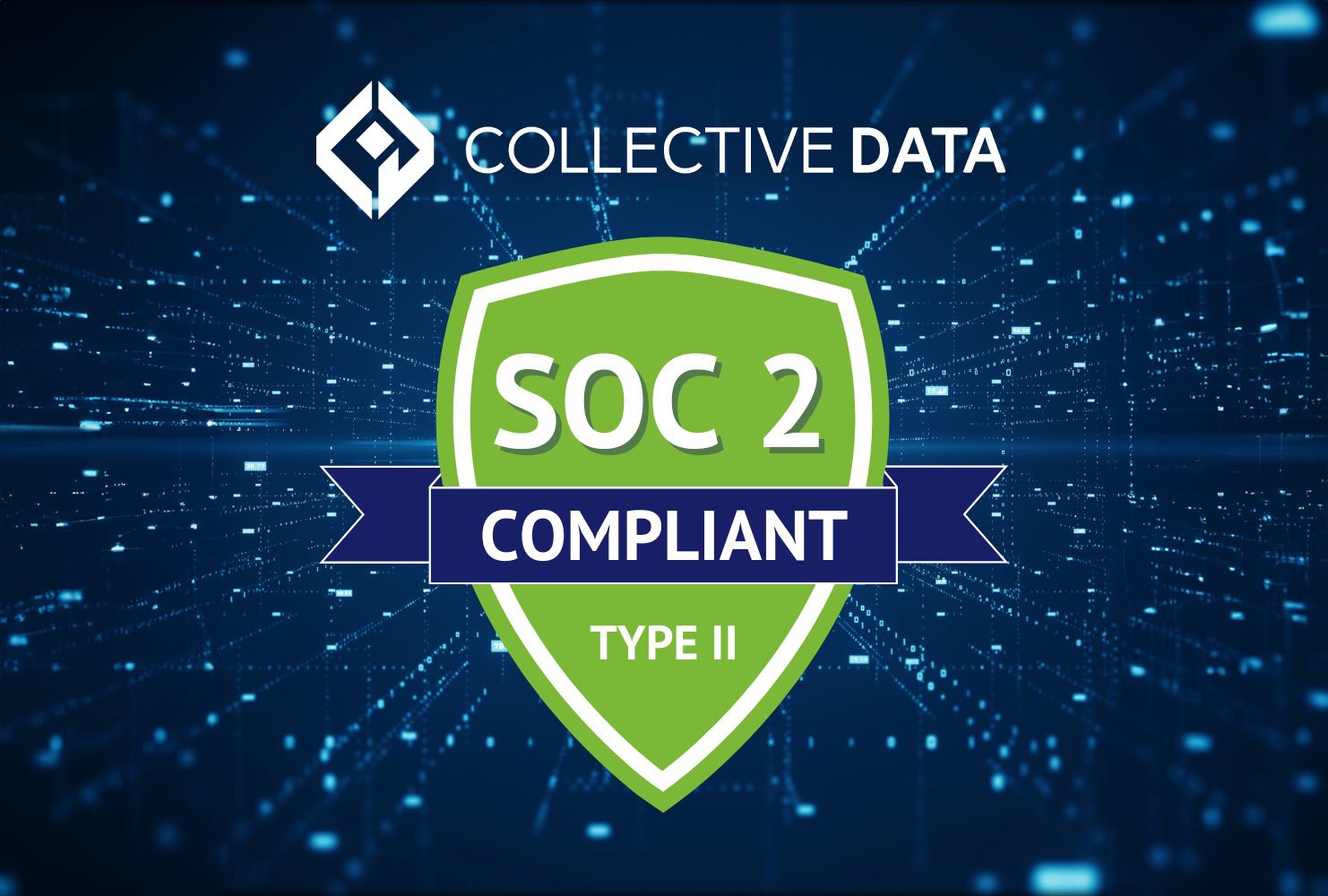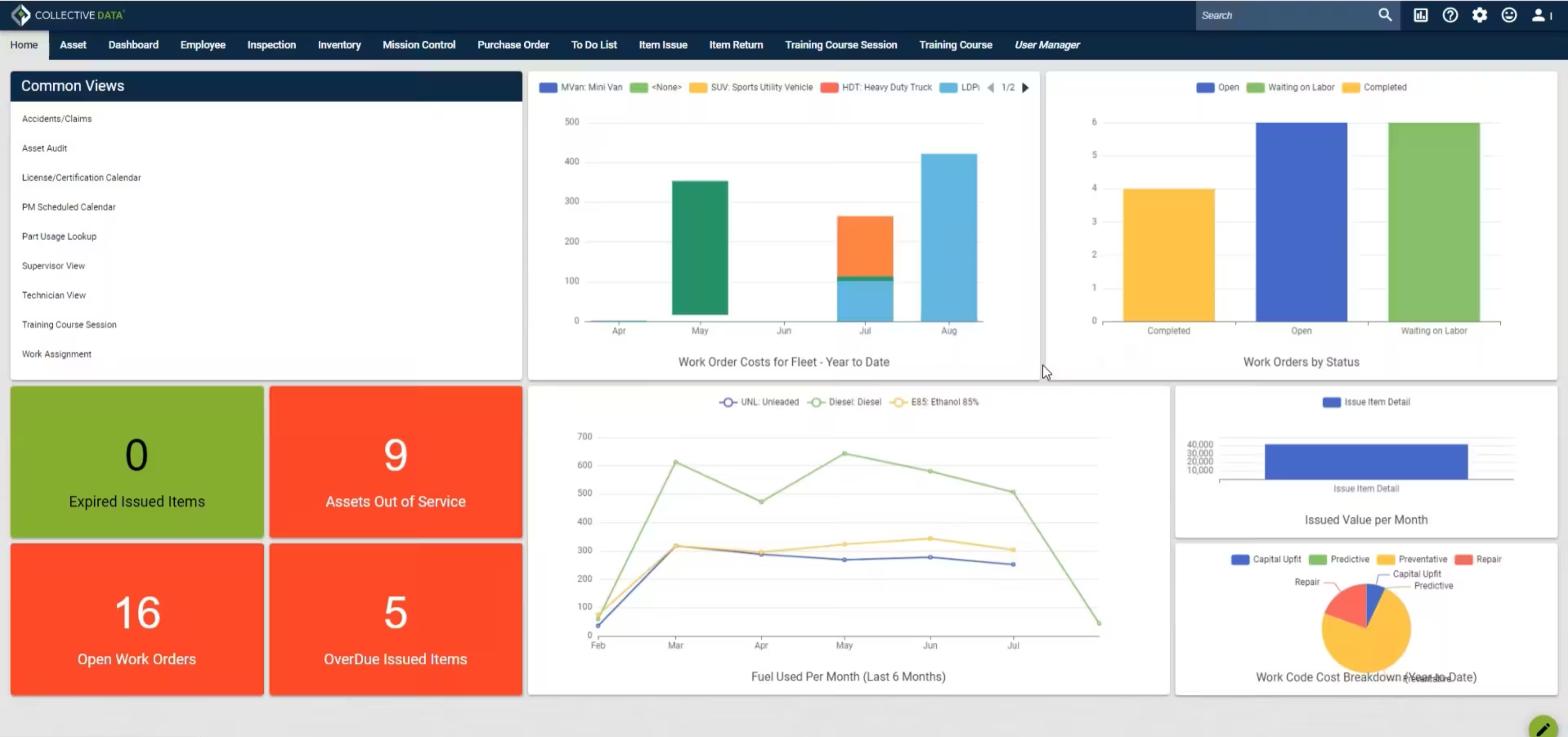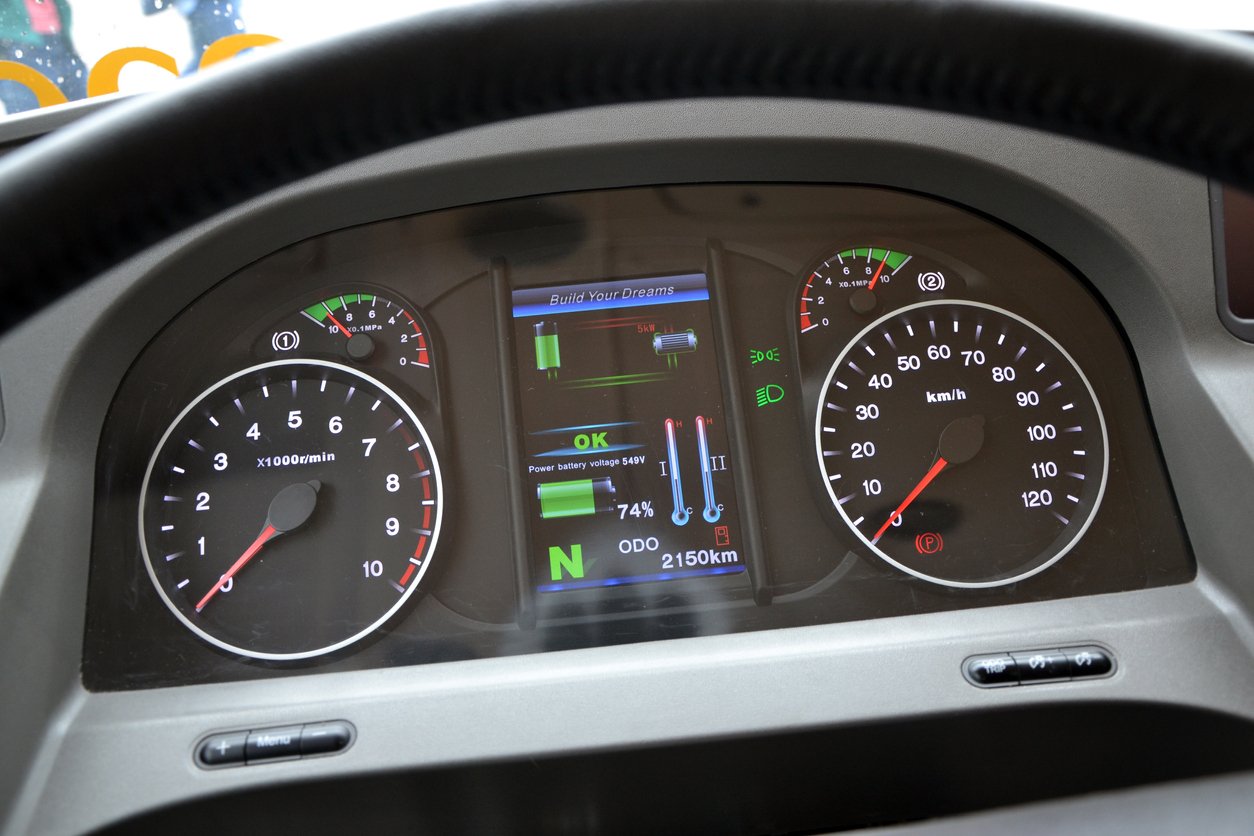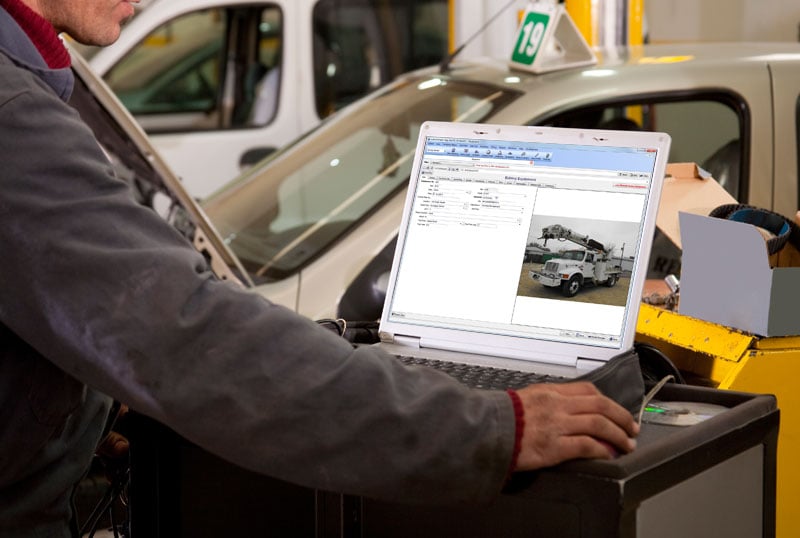Managing Overwhelming Data
Fleet managers know that the amount of data available to them can be overwhelming. This data is important, but what can you actually do with it? Piles of information in a spreadsheet are great to have, but what good is that data if you can’t fully understand it and use it to make informed decisions?
Before you start to attempt to analyze your data, it is important to understand what your main goals are, how your current processes affect those goals and what part of your fleet data is relevant to improving your goals.
Setting Clear Goals
So, let’s say your goals are:
- Improve technician productivity
- Reduce repair costs
- Streamline time-consuming processes
Now, let’s understand what processes align with these goals and how you can easily access and utilize your data from those processes.
Improving Technician Productivity
Do you currently have a way to track the amount of time your technicians are spending on various work orders? If not, implementing a tool that allows technicians to start and end time working on a work order will allow you to understand how long a repair takes and be able to compare with other work orders to analyze the efficiency of your technicians. Once you compile this data, you can compare time spent on work orders by different technicians to identify changes you may be able to make by focusing on your employee’s strengths and assigning those work orders to them.
Reducing Repair Costs
Move from reactive to proactive maintenance by seeing which vehicles and assets are due for preventative servicing and schedule those work orders digitally with email alerts, reminders and reports to make sure everything gets done on time.
A fleet management software also enables you to view a vehicle’s full maintenance history and with an asset replacement tool, you can identify when a vehicle or asset is starting to cost more to repair than it is worth and is due for replacement.
Streamlining Time-Consuming Processes
To help automate all of your vehicle and asset tracking and inventory, collectiveFleet works with mobile tablets, computers, and barcode scanners to collect your data and input it directly into the system.
With automatic alerts, you will be notified when inspections, preventative maintenance and work orders are coming due without having to constantly monitor a spreadsheet or manual tracking process.
A mission control dashboard is a fleet manager’s candy store. This allows you to view and manage all of your vehicles, physical assets, and even your employees form a single user-friendly dashboard.
Utilizing a Central Hub
Utilizing a central hub that holds all your data and provides easy to read, customizable reports is the first step in simplifying the process of using data to improve your fleet efficiency. With a digital software solution like collectiveFleet, there is a massive amount of information, work and costs that you can track. And it all happens with the efficiency and automation of digital data collection, tracking and management.
It’s a great way to get out of the world of paperwork, spreadsheets, and more manual and labor-intensive ways of managing your fleet. And you can easily replace multiple programs or systems with a single centralized tool to manage and track your vehicles, parts, maintenance and inspections, all with an intuitive and easy-to-learn interface.
Schedule a Demo
If you are interested in learning more about Collective Data, contact us today to schedule a demo!
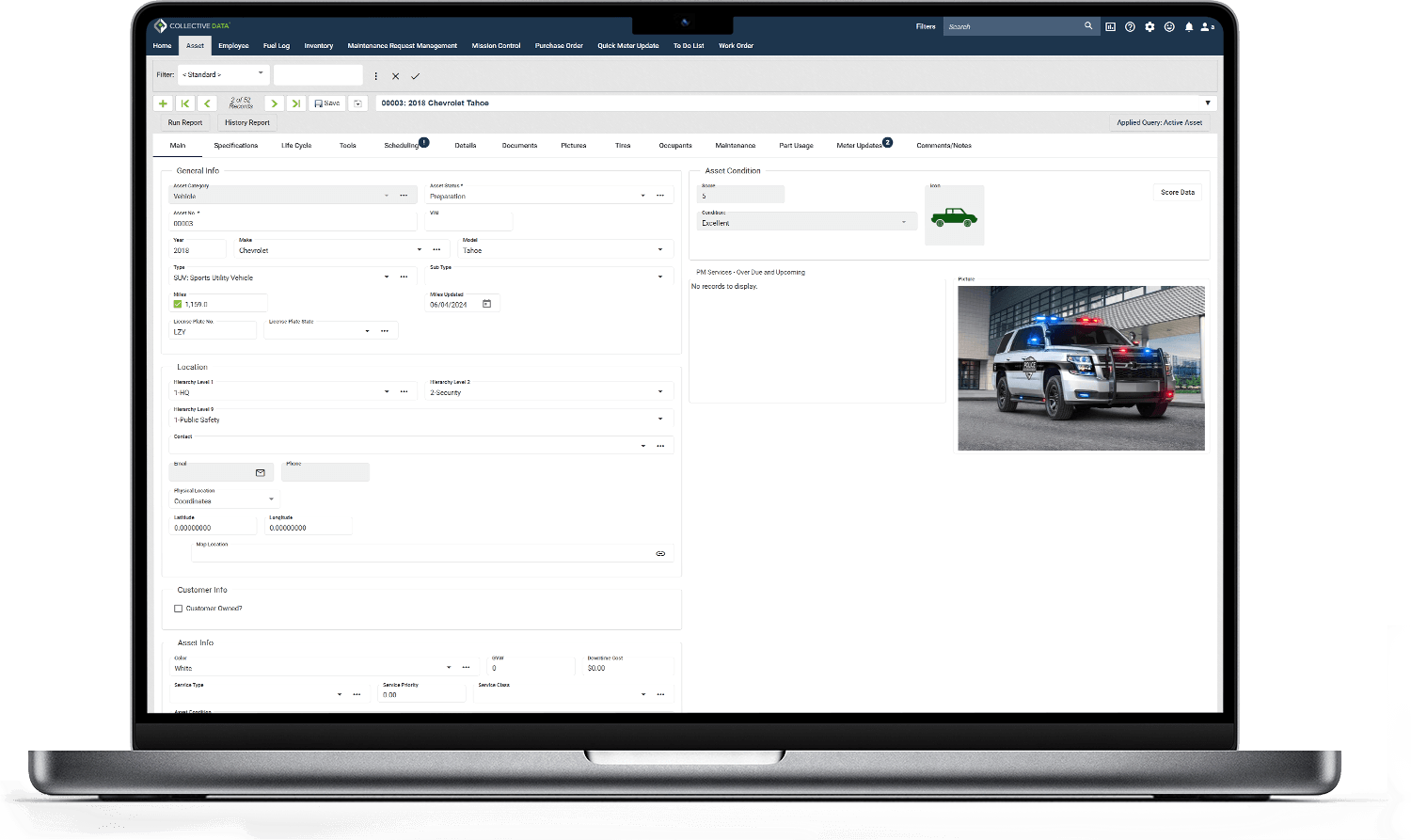
Experience the Collective Data platform
Experience the power of CollectiveFleet first-hand. Schedule a personalized demo today to see how our comprehensive and customizable fleet management solution can revolutionize your operations.



